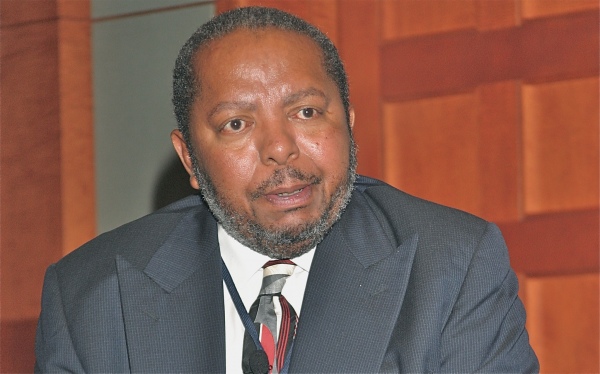Bank of Uganda has described the growth of private sector credit as ‘sluggish’, forcing the bank to cut its central bank rate (CBR) to 9.5 percent in October, down from 10 percent in September in a bid to boost commercial lending in the country.
According to the BOU Governor Emmanuel Tumusiime-Mutebile, the cut in the CBR among other objectives is meant to encourage commercial banks in the country to lower their prime lending rates (PLR) downwards.
Mutebile says commercial bank interest rates have continued to ease, in response to the ‘accommodative’ monetary policy stance.
In July 2017, the average lending rate on shilling denominated loans declined to 20.9 percent from 21.1 percent in June 2017.
Lending rates on shilling loans have declined gradually from 25.2 percent in February 2017 although slight increases were observed in May and June 2017 owing to elevated rates on loans to the agriculture and trade sectors.
Currently, a few commercial banks in the country have their PLR tagged at below 20 percent, sending away majority of the would-be borrowers who want the cash for production.
According to BOU, growth in private sector credit remains relatively subdued, despite the protracted monetary policy easing. It grew by a dismal 4.3 percent in financial year 2016/17, which is much lower than 15.2 percent in the previous financial year. Average annual growth declined in the quarter ended June 2017 to 5.5 percent, from 6.5 percent in the quarter ended April 2017 driven by shilling denominated loans.
Commercial banks have continued to tighten credit to the private sector in light of past high default rates as well as slow gross domestic product growth which ended at 3.9 percent in financial year 2016/17. Meanwhile, demand for credit as shown by the number and value of loan applications remains robust while supply as shown by the number and value of loan approvals remains subdued.
“Given that annual core inflation is forecast to remain around the mediumterm target of 5 percent and economic activity is slowly gaining momentum, a cautious easing of monetary policy is warranted to boost private sector credit growth and to strengthen the economic growth momentum. The BoU has therefore decided to reduce the Central Bank Rate by 0.5 percentage points to 9.5 percent,” Mutebile says in the latest Monetary statement for October.
BOU records show that since January 2017, value of loan applications has averaged about Shs. 1,536 billion, while value of approvals has averaged Shs753 billion per month.
“The significant disparity between value of loan applications and approvals is in part a reflection of the supply-side constraints to growth in private sector credit,” BOU says.
Analysts say all is not lost as far as private sector credit growth is concerned as non-performing loans (NPLs) go down. For instance, the ratio of NPLs to total loans declined to 6.2 percent in second quarter of 2017, from 6.3 percent in first quarter.
The latest quarterly GDP data released at end September 2017 by UBOS indicates that growth recovered in the second half of 2016/17. Quarterly growth rates of only 0.6 percent and 1.1 percent were recorded in the first two quarters of 2016/17, mainly because of bad weather that affected the agricultural sector. But growth rates accelerated to 1.8 percent and 1.9 percent, respectively, in the third and fourth quarters of the financial year.







